What’s your biggest struggle when it comes to art-making? Perhaps it’s understanding composition – what it is, why it’s important, and how to use it to improve your painting. Certainly, composition is one of the topics I get asked about most frequently. So when I was given the book entitled, Landscape Painting and Composition: An Artist’s Handbook by José Payá Zaforteza, I was pretty excited! Could this be the solution to compositional woes? Let’s dig in and see!
First, a bit of context: the author is a Spanish landscape painter with a Fine Arts degree who teaches at Gaia Art and Restoration School in Valencia, Spain of which he is a founding member and director.
At 165 pages long, his book is thick with info and colour illustrations. It’s been translated into English from Spanish and is very readable with, every now and again, an odd translation or expression that’s quite endearing.
Okay, let’s get into the content of the book.
10 sections cover various aspects of composition. Some expected topics are Focal Point, Visual Pathways, and Compositional Schemas. However, Zaforteza also goes to the peripheries of what we might consider “composition” with topics like Colour, Chiaroscuro, and Composition, and Perspective and Depth, and yet, when you think about it, just about everything you do within the confines of the picture plane will affect composition which is the arrangement and organization of elements within the painting and the relationships between them.
The book is filled with diagrams and the author’s paintings that illustrate the lessons so well. Happily, three other painters (Jim McVicker, Colley Whisson, and Randall Spasic) permitted their work to be used to expand the visual clarification of the author’s points. These really add to the richness of the book!
This book is for anyone from beginner, to intermediate, to more experienced painters.
For instance, a beginner will find a straightforward explanation of the Rule of Thirds (p61) a tried and true guideline that, once understood and internalized, can be pushed and pulled as necessary to develop a strong painting.
Someone further along in their art-making journey may want to explore Compositional Schemas (p131) – pre-designed arrangements that help “distribute and situate the elements of the paintings.” Examples of these are the T schema (“the simplest and most often used arrangements in landscape painting”) and the S Schema (“common as it occurs so often in the landscape naturally”). Once you understand how these schemas work, you can begin to use them intuitively as you plan your painting.
You’ll also find ideas for the more experienced artist. Not only is it a great opportunity to revisit basic compositional strategies, but you’ll also find nuggets of learning. For instance, you may like to dig into using contrast lines to develop visual pathways (p117). You’ll discover what they are and what purpose they serve. For example, not only do they help lead the eye, but they can also be “visually dynamizing” and give value to specific areas of the painting.
Do we need another book on composition in the art book market? I think yes. Many books go deeply into an aspect of composition while this one expands beyond the boundaries of our expectations around the topic. In some places I find the author stretches the definition of composition perhaps a bit far. For instance, does colour toning really affect the composition? Perhaps. Nevertheless, it’s all useful information to ponder.
Another thing I really appreciate about this book is the numerous diagrammatic illustrations that underline so clearly the points Zaforteza is making. These, for me, make the book particularly valuable.
Beginners may be a bit overwhelmed by all the info but it will be an excellent resource to reach for as you develop your art-making skills and wish to further improve the impact of your paintings through design.
One of the downfalls of the book is the omission of sizes for the paintings shown. I’m a huge proponent of knowing what the size of a piece is as that knowledge will affect our understanding and appreciation of a piece. Interestingly, Zaforteza includes a section on how scale affects how you work on a painting, for instance, a larger piece requires a larger brush and more space in which to step away as you work. So in this case, size matters!
I have a few small complaints such as:
- No definition for the term “chiaroscuro” as some beginners may not know what it means
- It would have been useful to have included an explanation of Fibonacci in the section on Proportion (that includes rule of thirds, rule of fifths, and the golden ratio) as I do get asked about it from time to time
- Sometimes the organization within sections can be slightly confusing. Also, the heading font size is occasionally not consistent.
- Um…the cover…it’s not appealing to me…partly because of the neutral colours and the overall design. But that’s just my personal opinion!
- I disagree with two of the author’s points for improving your painting, namely, “Paint from distant to close” and “Paint from top to bottom.” Just saying…!
But like I said, these are trifling criticisms compared to the immense value of this book.
Some aspects I do like beyond the information and visuals are:
- The Section headings are at the top right of the page so you always know where you are. It’s sometimes the little things that can make a big difference!
- Most terms used by the author are defined.
- The occasional inclusion of QR codes that link to publicly available videos by other artists (sadly yours truly doesn’t seem to have made the cut lol!). These broaden our knowledge about whatever Zaforteza is teaching us.
As I conclude this book review, I also want to mention Zaforteza’s Conclusion as in it, the author aligns closely with my own beliefs about art-making. He writes, ”As you can see, the art of ‘composing’ is actually the sum of numerous skills, each needing to be worked on and gradually interiorized.”
He urges constant practice to become familiar with all that he has shared. He says too, “…be aware that this body of knowledge, this collection of expertise, is not written in stone….At the end of the day, part of the beauty of the artistic endeavor is the emergence of something new, unexpected and improbable.”
He reminds us, “…artistic work is based on establishing a constant and flexible dialogue between our original idea and whatever it is that the work itself demands as it unfolds.” I couldn’t have said it better myself!
I believe Zaforteza has succeeded in his aim (as set out in his Introduction) “to present the principal skills and techniques of artistic landscape composition in an accessible and enjoyable way.”
No matter what medium you work in (pastel, watercolour, oil, acrylic), no matter what stage you’re at on your art journey, I highly recommend this book as a practical, easy-to-use, comprehensive resource for anyone wishing to understand and dig deep into composition and learn how it can improve your paintings, landscape or otherwise.
If you have any questions or thoughts, please add them in the comments!
Until next time,
~ Gail
PS. Here’s the link to the book on Amazon
PPS. This book is the first in a series of forthcoming books under the umbrella title: The Secrets of Landscape Painting. If this book is anything to go by, I happily anticipate the others. How to Paint Skies is scheduled for May 2022!










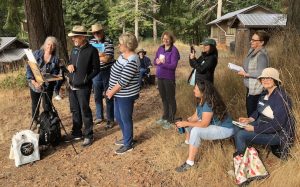
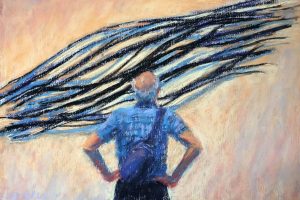




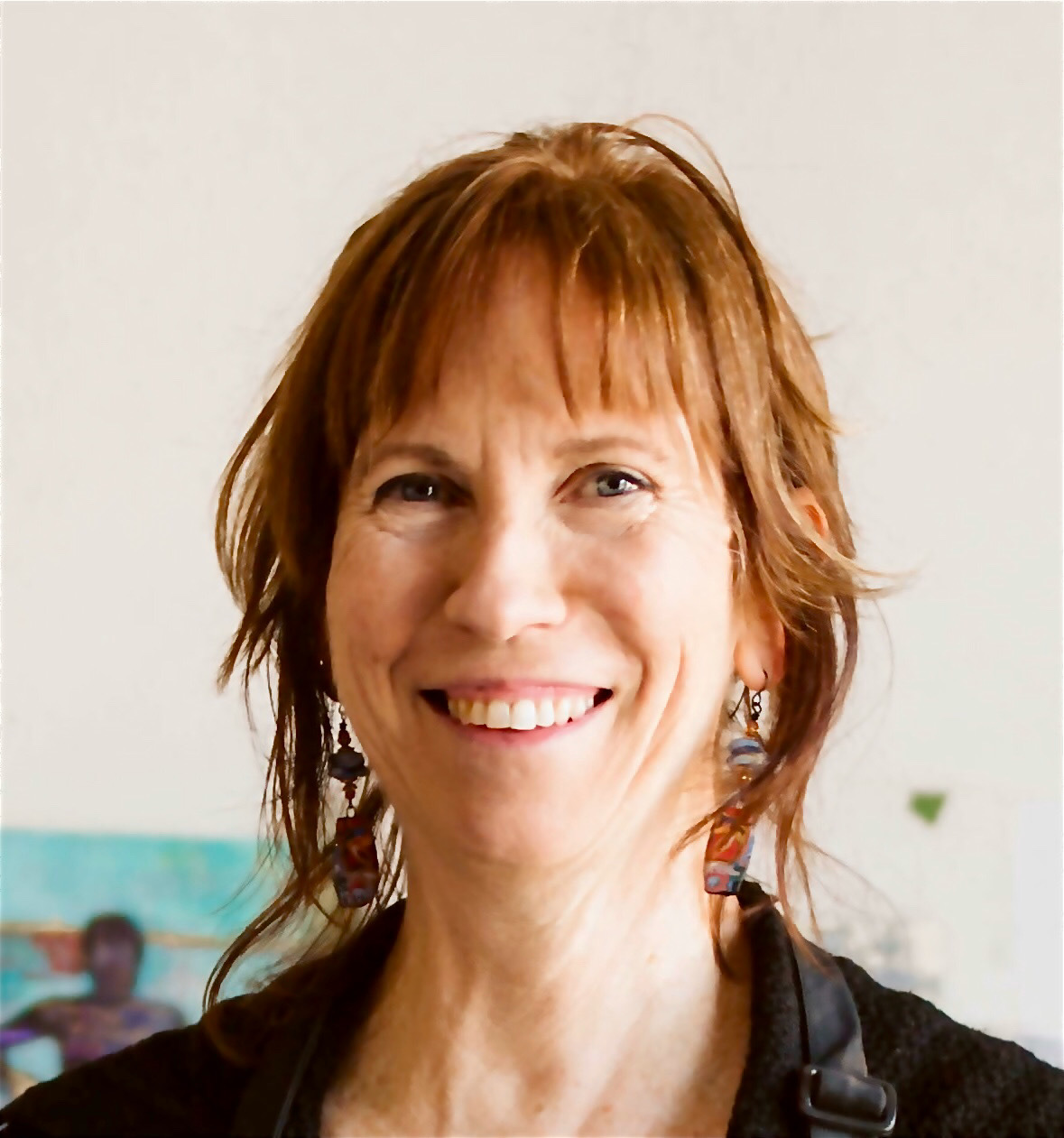
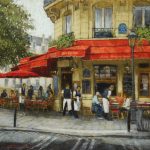
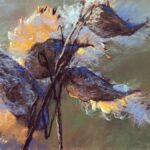



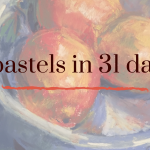


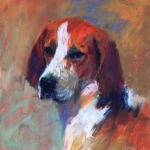




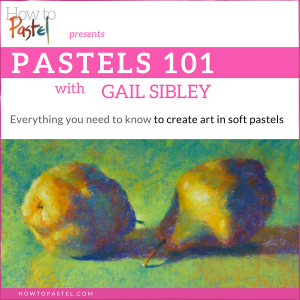

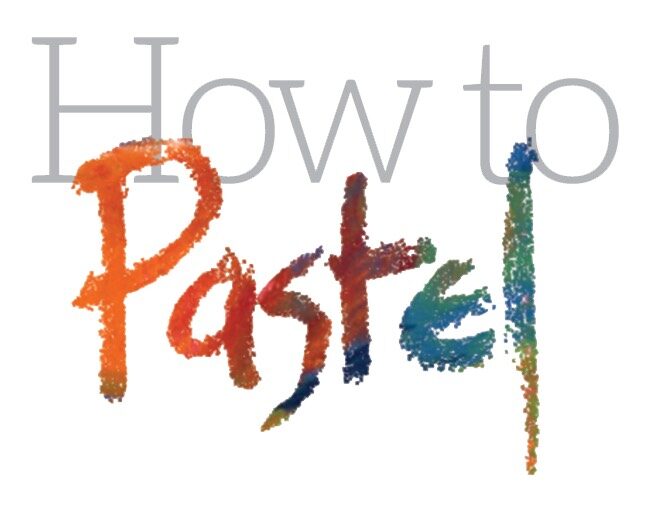

12 thoughts on “Composition in Landscape Painting – A Book Review”
Thank you very much Gail for this insightful review – this is definitely a Must Have!! 😁 I have a weakness for art-books and will never have enough of them! Right now I have a real eye-opening, gorgeous and inspiring book on my bedside table called “How to Paint Landscapes Quickly and Beautifully in Watercolor and Gouache” by Nathan Fowkes. Although it’s not about pastels, it’s (in my opinion) one of the best books about landscape painting ever! Merry Christmas and happy reading and painting!
Like you Gabriela, I’m a sucker for art books! I’m glad you will succumb to this one.. AND thank you for your recommendation. I’m intrigued!!
Merry Christmas and warm wishes for an amazing New Year!!
You’ve sold me, my copy is expected to arrive today. Although, I have become bored with painting landscapes, I am hoping that the concepts will be able to be applied in other genres. More information can’t hurt.
YES! The concepts definitely apply to other genres Kyle. I’m wondering what you think of it 😁
Not being one to write comments on blogs I would nevertheless like to take this opportunity to say thank you for all the posts and information and hard work you have given us this past year. Each and every post was enjoyable and informative. Merry Christmas!
Nancy, thank you so much for your appreciation!! And you are so welcome!
Merry Christmas and Happy New Year 🎉
I love a good book review and this one is a home run. You disagree with painting from the top to bottom however I thought this was a general rule in pastel painting to avoid pigment falling on already painted areas. Your thoughts on this ? Thanks Gail.
That is SO great to hear Mark!!
And ohhhhh I love a good question. If you know my work at all, you’ll see that I work over the entire piece, building up the painting as a whole. And, the way to avoid pastel dust falling on already painted areas is to work at an easel and make sure it’s tilted forward slightly. You can see a picture of what I mean in my blog post on easels.
Let me know if that makes sense and if you have a follow up question!
I LOVE LOVE LOVE this book! Thank you so much for the recommendation. I have hundreds of art books and the classics – Carlson, Payne and Dow – and this book takes all of their information and breaks it down into basic illustrations and diagrams that make it not only understandable but fun to read. And add in the QR links for further illustration and it is as entertaining as useful. I ordered it through your link and mentioned your blog in my Amazon review.
Thank you again for drawing it to my attention.
That is FANTASTIC Reba!! And yes, the book is exactly how you described it!
And thank you for mentioning my blog in your Amazon review 😀
And I also bought Gabriela’s recommendation on the Fowkes book. It indeed a lovely book. (I don’t have room for more books on my bedside table so they are piled up on the other side of my bed.)
Hah hah…I know what you mean about books being piled up ready to read!!